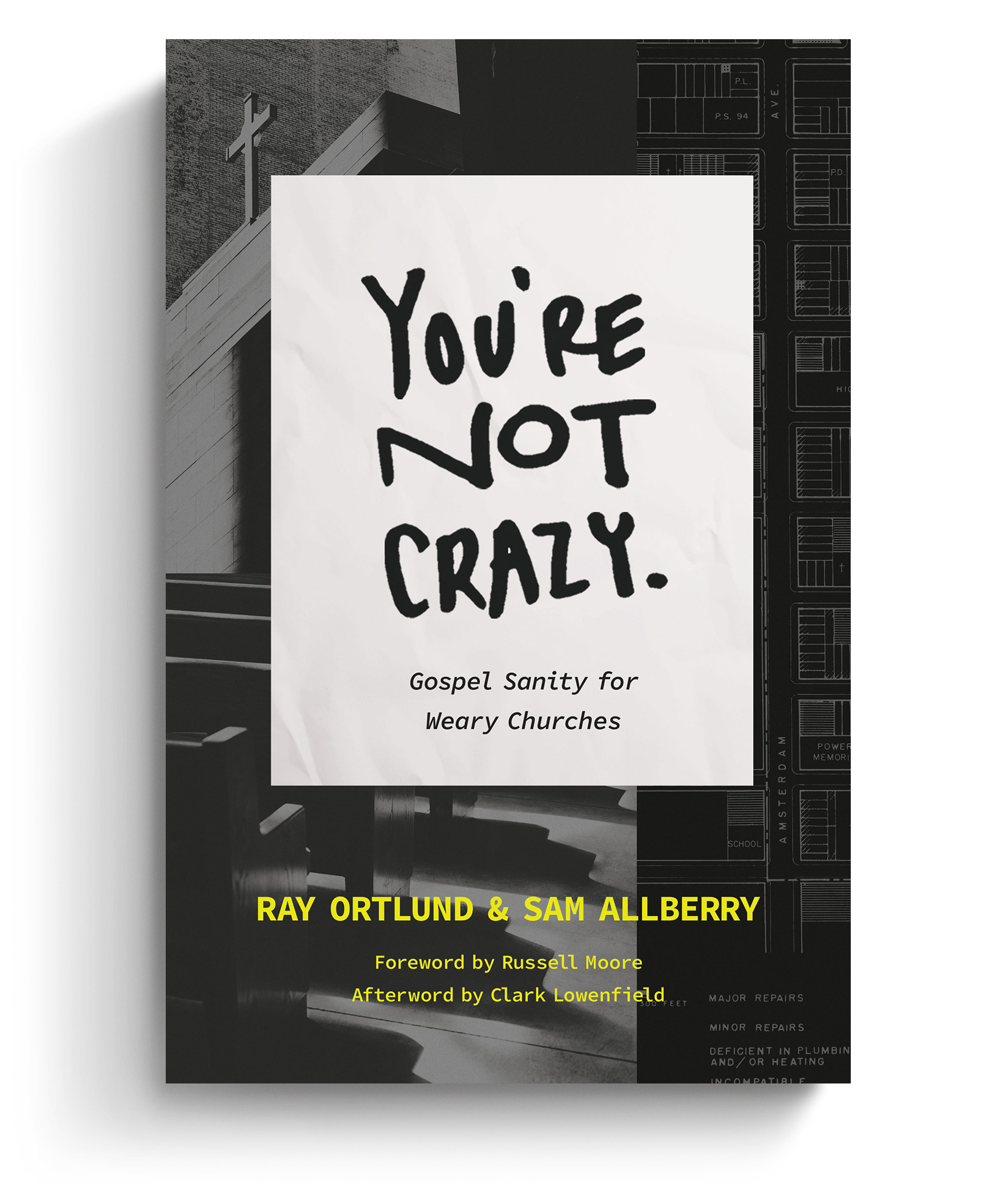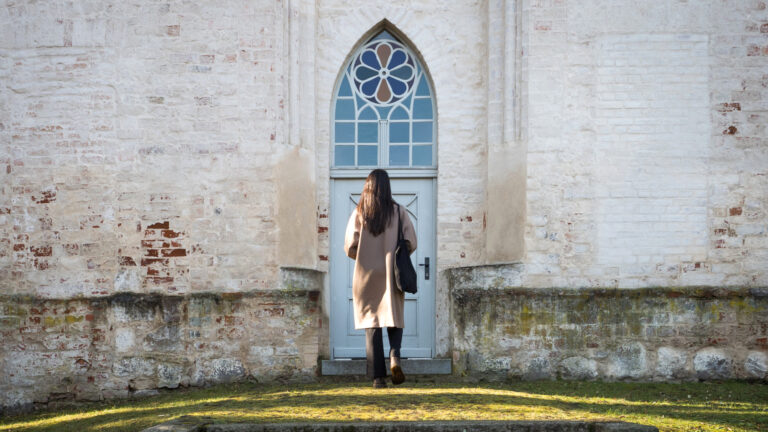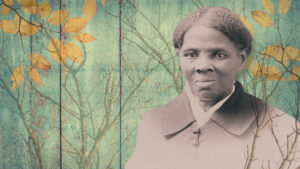What happened in Charlottesville?
The Unite the Right rally degenerated into violence last weekend when groups of white nationalist protestors clashed with counter-protestors near the campus of the University of Virginia in Charlottesville, Virginia.
Governor Terry McAuliffe declared a state of emergency around 11:40 a.m., disrupting the main part of the event that was scheduled for noon. (A state of emergency means police are able to disband any and all assemblies at will, regardless of permits obtained in advance.)
A few hours after the state of emergency was declared, a man drove his car into a crowd of pedestrians, killing one and injuring 19 others.
Around 5 p.m. on Saturday a Virginia State Police helicopter helping law enforcement officers monitor the rally also crashed, killing the two troopers on board.
What was the purpose of the rally?
Jason Kessler, a leader in the group known as “Proud Boys,” submitted an application to the city of Charlottesville in May to hold a rally on August 12 called “Unite the Right.” According to the permit application, the local police expected about 1,000 people to participate, not including counter-demonstrators.
The initial purpose of the rally was supposedly to protest the removal of a statue of Robert E. Lee from a city park. But as Matthew Heimbach, one of the co-organizers of the event admitted, the event was equally about bringing together members of the extreme right.
“The biggest thing is a show of strength,” Heimbach told USA Today. “To show that our organizations that have been divided on class, been divided on religious issues, divided on ideological grounds, can put 14 words—‘We must secure the existence of our people and the future for white children’—as our primary motivating factor.”
What speakers and groups were represented at the rally?
The rally included various alt-right, white nationalist, white supremacists, neo-Confederate, and neo-Nazi groups.
About a dozen leaders groups were scheduled to speak at the rally, including Richard Spencer, David Duke, Jason Kessler, Matthew Heimbach, Augustus Invictus, and Tim “Baked Alaska” Gionet.
Some of the groups included were the Proud Boys (a far-right men's organization), the Alt Knights (a “tactical defensive arm of the Proud Boys”), the American Guard (a white nationalist group), Real 3% Risen (a neo-Confederate group), League of the South (a neo-Confederate group), the Lightfoot Militia (a private militia group), the Traditionalist Worker Party (a white nationalist group), the Nationalist Front (a white nationalist group), Vanguard America (a white nationalist group), and four different groups of the KKK.
(See also: The FAQs: What Christians Should Know About the Alt-Right)
Was the violence at the rally planned?
As ProPublica notes, the white supremacists who showed up in Charlottesville did come prepared for violence:
The Daily Stormer, a popular neo-Nazi website, encouraged rally attendees to bring shields, pepper spray, and fascist flags and flagpoles. A prominent racist podcast told its listeners to come carrying guns. “Bring whatever you need, that you feel you need for your self defense. Do what you need to do for security of your own person,” said Mike “Enoch” Peinovich on The Right Stuff podcast. . . . Many wore helmets and carried clubs, medieval-looking round wooden shields, and rectangular plexiglass shields, similar to those used by riot police.
The local and state police have received criticism for failing to do more to prevent the violent clashes, but Virginia Gov. Terry McAuliffe said more aggressive action by police would have led to further escalation of violence. “This could have been a much worse day,” said Gov. McAuliffe. “We planned for a long time for today’s incidents.”
How many people were injured or killed?
One woman was killed and at least 19 injured at the rally when a man drove his car into a crowd of pedestrians. Another 14 people were injured in the violent clashes between protestors and counter-protestors.
Two state troopers were also killed when their helicopter, which had been assisting with the police response to the rally, crashed outside the city later in the afternoon.
What do we know about the man who drove his car into the crowd?
James Alex Fields Jr., a 20-year-old from Maumee, Ohio, drove his Dodge Challenger at a high rate of speed, hitting a sedan, which hit a minivan in front of it, pushing it into a crowd of pedestrians and counter-protestors. Witnesses say Fields hit a number of people before crashing into the vehicle, and rammed several more while attempting to back away and escape.
A photograph taken at the rally shows Fields standing with the group Vanguard America and shouting white power slogans. (The group denies that Fields is a member.)
According to the Daily News, “Fields’ Facebook page was peppered with similar alt-right and Nazi imagery—such as Hitler’s baby photo; a tourist shot of the Reichstag in Berlin; and a cartoon of Pepe the Frog, the anthropomorphic frog hijacked by right-wing groups.”
Fields has been charged by police with second-degree murder, three counts of malicious wounding, and hit and run. The police have not yet announced his motive.
Was the car attack an act of domestic terrorism?
According to federal law, domestic terrorism involves “activities that involve acts dangerous to human life that are a violation of the criminal laws of the United States or of any State; appear to be intended: to intimidate or coerce a civilian population; to influence the policy of a government by intimidation or coercion; or to affect the conduct of a government by mass destruction, assassination, or kidnapping; and occur primarily within the territorial jurisdiction of the United States.”
On Sunday’s edition of NBC’s Meet The Press, national security adviser H. R. McMaster said the incident definitely was an act of terror. “Certainly I think we can confidently call it a form of terrorism,” McMaster said, “What terrorism is, is the use of violence to incite terror and fear, and of course it was terrorism.”
The Justice Department will determine whether Fields is charged with domestic terrorism.
Was anyone else arrested?
Virginia State Police announced that three additional arrests were made related to the rally. The individuals were Troy Dunigan, 21, of Chattanooga, Tennessee, arrested and charged with disorderly conduct; Jacob L. Smith, 21, of Louisa, Virginia, arrested and charged with misdemeanor assault and battery; and James M. O’Brien, 44, of Gainesville, Florida, arrested and charged with carrying a concealed handgun.
What happens next?
On Saturday U.S. Attorney General Jeff Sessions announced a federal civil rights investigation into the “deadly vehicular incident” had been opened.
“I have talked with FBI Director Chris Wray, FBI agents on the scene, and law enforcement officials for the state of Virginia. The FBI has been supporting state and local authorities throughout the day. U.S. Attorney Rick Mountcastle has commenced a federal investigation and will have the full support of the Department of Justice. Justice will prevail,” Sessions said in a statement.
Note: In a special episode of The Gospel Coalition podcast posted this weekend, TGC editorial director Collin Hansen spoke with historian and pastor Mika Edmondson about the incident and how Christians should respond.
Are You a Frustrated, Weary Pastor?
 Being a pastor is hard. Whether it’s relational difficulties in the congregation, growing opposition toward the church as an institution, or just the struggle to continue in ministry with joy and faithfulness, the pressure on leaders can be truly overwhelming. It’s no surprise pastors are burned out, tempted to give up, or thinking they’re going crazy.
Being a pastor is hard. Whether it’s relational difficulties in the congregation, growing opposition toward the church as an institution, or just the struggle to continue in ministry with joy and faithfulness, the pressure on leaders can be truly overwhelming. It’s no surprise pastors are burned out, tempted to give up, or thinking they’re going crazy.
In ‘You’re Not Crazy: Gospel Sanity for Weary Churches,’ seasoned pastors Ray Ortlund and Sam Allberry help weary leaders renew their love for ministry by equipping them to build a gospel-centered culture into every aspect of their churches.
We’re delighted to offer this ebook to you for FREE today. Click on this link to get instant access to a resource that will help you cultivate a healthier gospel culture in your church and in yourself.

































